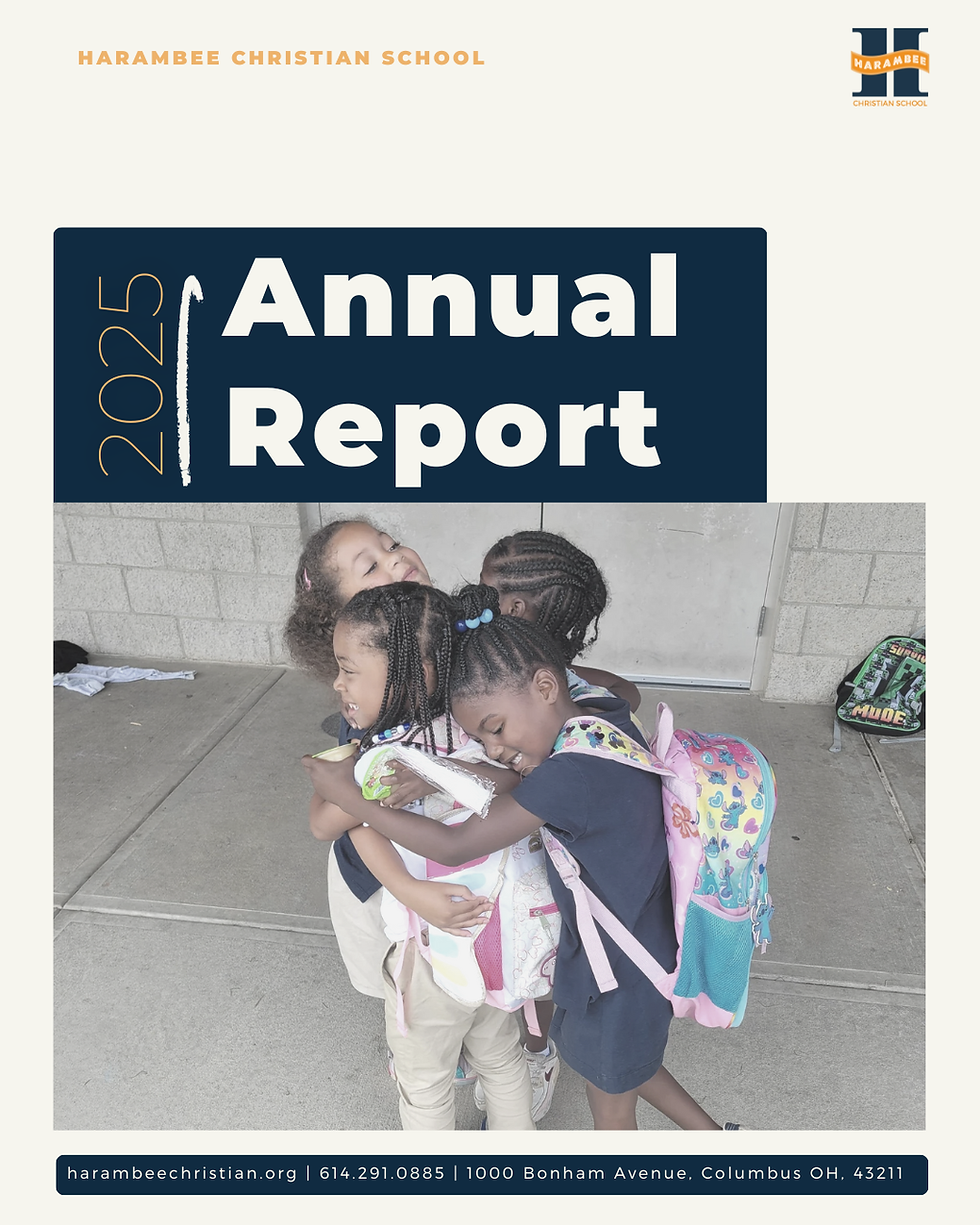Quantifying COVID’s Impact on Learning & The Path Forward
- Michael Larson
- Aug 29, 2022
- 2 min read
Data Shows the Hurt and the Hope

After reviewing student test scores this Summer, we've been able to better quantify the detrimental impact of COVID on student learning.
COVID's impact on Harambee students was undeniable. They tested nearly 20 percentile points lower in 2021-2022 than they have historically on the NWEA MAP Assessments for reading, math, language & science. There is clear evidence of learning loss.
What is promising is that, despite the drop in achievement, students tested around the national average, which was normed before COVID. In addition, students still grew by more than one year in math and reading during the 2021-2022 school year, despite many challenges that students, families, and staff faced during the year.
In an article about the impact of the pandemic entitled “COVID-19 and Student Learning in the United States: The Hurt Could Last a Lifetime,” the author states: “(Being a student of color living in poverty is) the equivalent of a permanent economic recession. Unfortunately, the past decade has seen little progress in narrowing these disparities. The average black or Hispanic student remains roughly two years behind the average white one, and low-income students continue to be underrepresented among top performers.” (Emma Dorn et al., COVID-19 And Student Learning In The United States: The Hurt Could Last A Lifetime, MCKINSEY & CO. (June 1, 2020)
Columbus, Ohio, specifically, has the eighth largest gap of metropolitan cities in the U.S. regarding the difference between the highest and lowest opportunity neighborhoods.
According to The Child Opportunity Index developed by The Kirwan Institute at The Ohio State University, the typical Black child in America lives in a neighborhood with an Opportunity Score of 23, while Hispanic children live in communities with a score of 37. The average white child lives in a neighborhood with an Opportunity Score of 73.
In Columbus, Ohio, 73% of African-American children live in an area of “Low” or “Very Low” opportunity compared with 29% of white children.

Our work at Harambee is more important than ever. In many ways, last school year was a rebuilding year, and we know total restoration won't happen overnight. But facing the hurtful impact has led Harambee leadership to pilot new innovations that we hope will strengthen school culture and holistic investment in 2022-23.
Introducing Level Up

It comes as no surprise that COVID’s impact on student flourishing went far beyond academics. Since returning to school last year, staff at Harambee have been helping students work through an increased amount of social, emotional, and mental health concerns, including increased suicidal ideation.
In response to this need, Harambee is launching an important initiative we are calling Level Up. Level Up is a weekly class during the school day for middle school students aimed at helping them pursue health in every area of life.
Run by Harambee’s Holistic Engagement Department under the direction of Brandon Grant, Level Up features facilitators who specialize in a wide range of disciplines, including school counseling, social work, personal and mental health, and youth ministry.
We are optimistic that innovations like Level Up will allow us to help students in a holistic way that promotes their all-of-life flourishing, including their academics.




Comments